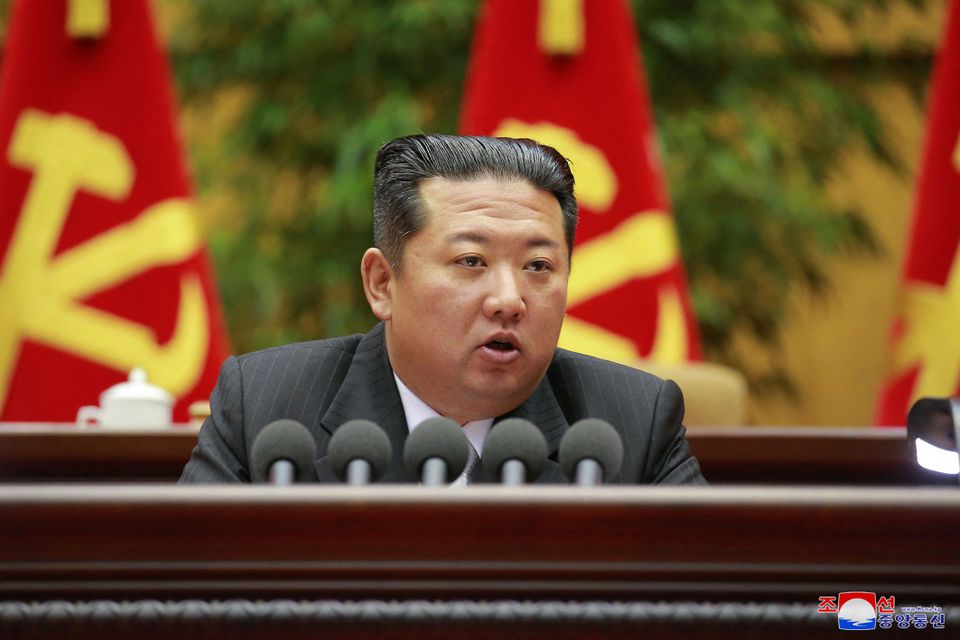North Korea fired what is thought to be an intercontinental ballistic missile (ICBM) toward the sea off its east coast on Thursday, militaries in South Korea and Japan said.
It would be the first full-capability launch of the nuclear-armed state’s largest missiles since 2017, and represent a major escalation in the North’s development of weapons potentially able to deliver nuclear warheads anywhere in the United States.
The North’s return to major weapons tests also poses a new national security headache for U.S. President Joe Biden as he responds to Russia’s invasion of Ukraine, and presents a challenge to South Korea’s incoming conservative administration.
Japanese authorities said the launch appeared to be a “new type” of intercontinental ballistic missile that flew for about 71 minutes to a range of 1,100 km (684 miles) from its launch site.
It landed inside Japan’s exclusive economic zone (EEZ), 170 km (106 miles) west of the northern prefecture of Aomori, at 3:44 p.m. (0644 GMT), the coast guard said.
South Korea’s Joint Chiefs of Staff said it had detected the launch of an “unidentified projectile” from North Korea, without elaborating.
It said the launch was assumed to be a long-range missile, possibly an ICBM fired on a “lofted” trajectory high into space, Yonhap news agency reported.
South Korea’s defence ministry did not immediately confirm whether the test involved an ICBM. North Korea has not tested such missiles at full range or capability since 2017.
On March 16, North Korea launched a suspected missile that appeared to explode shortly after liftoff over Pyongyang, South Korea’s military said, amid reports that the nuclear-armed North was seeking to test-fire its largest missile yet.
The United States and South Korea have recently warned that the North may be preparing to test-fire an ICBM at full range for the first time since 2017.
U.S. officials said at least two recent tests, on Feb. 27 and March 5, featured the North’s largest ICBM system yet, the Hwasong-17.
“The purpose of these tests, which did not demonstrate ICBM range, was likely to evaluate this new system before conducting a test at full range in the future, potentially disguised as a space launch,” a U.S. official said at the time.
Pyongyang did not identify the missile system used in those launches, but said they were testing components for a reconnaissance satellite system.
This month, leader Kim Jong Un said North Korea would soon launch multiple satellites to monitor military movements by the United States and its allies.
Thursday’s launch would be at least the 13th ballistic missile test fired by North Korea this year, an unprecedented frequency that has drawn condemnation from the United States, South Korea and Japan.


